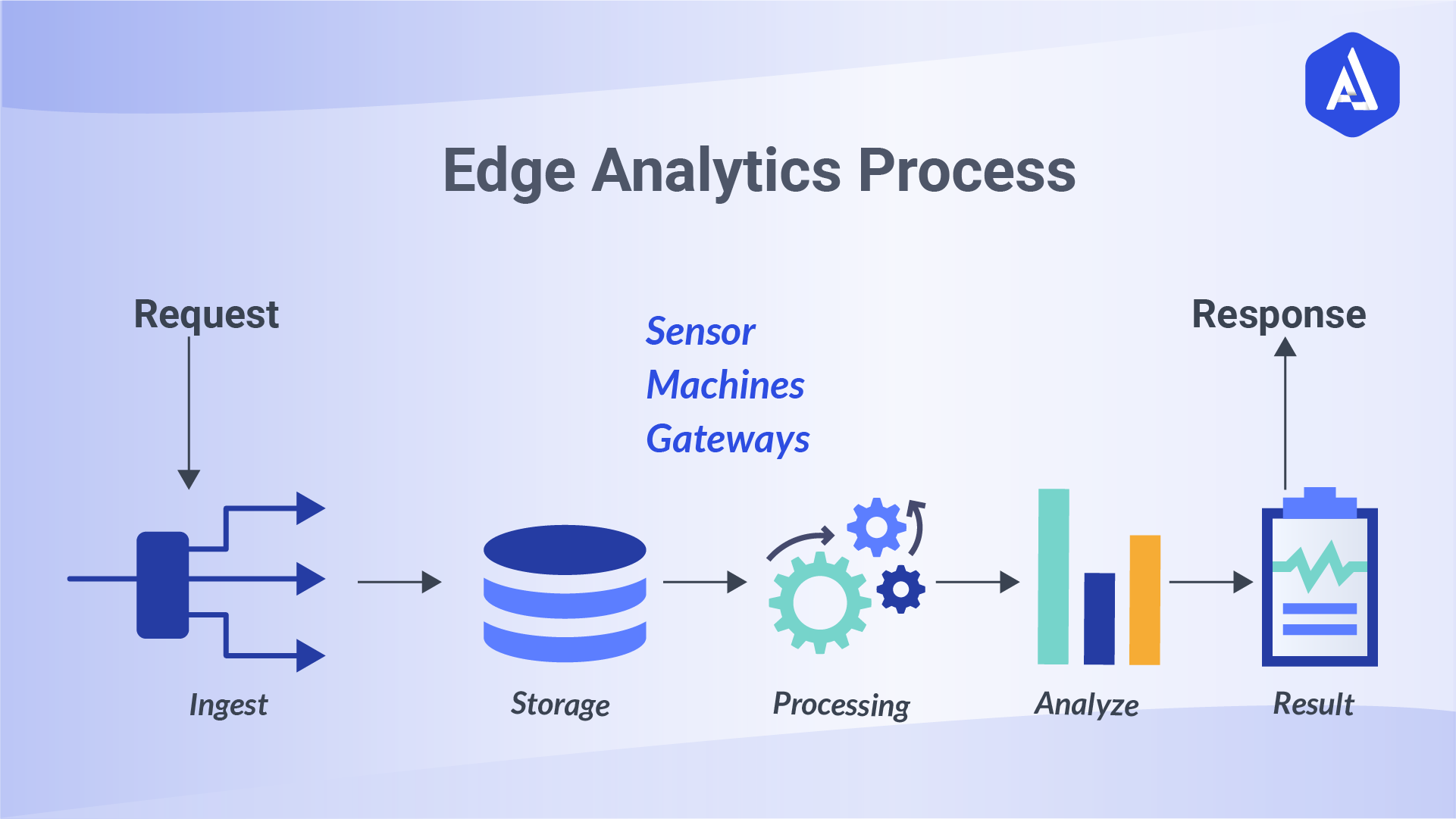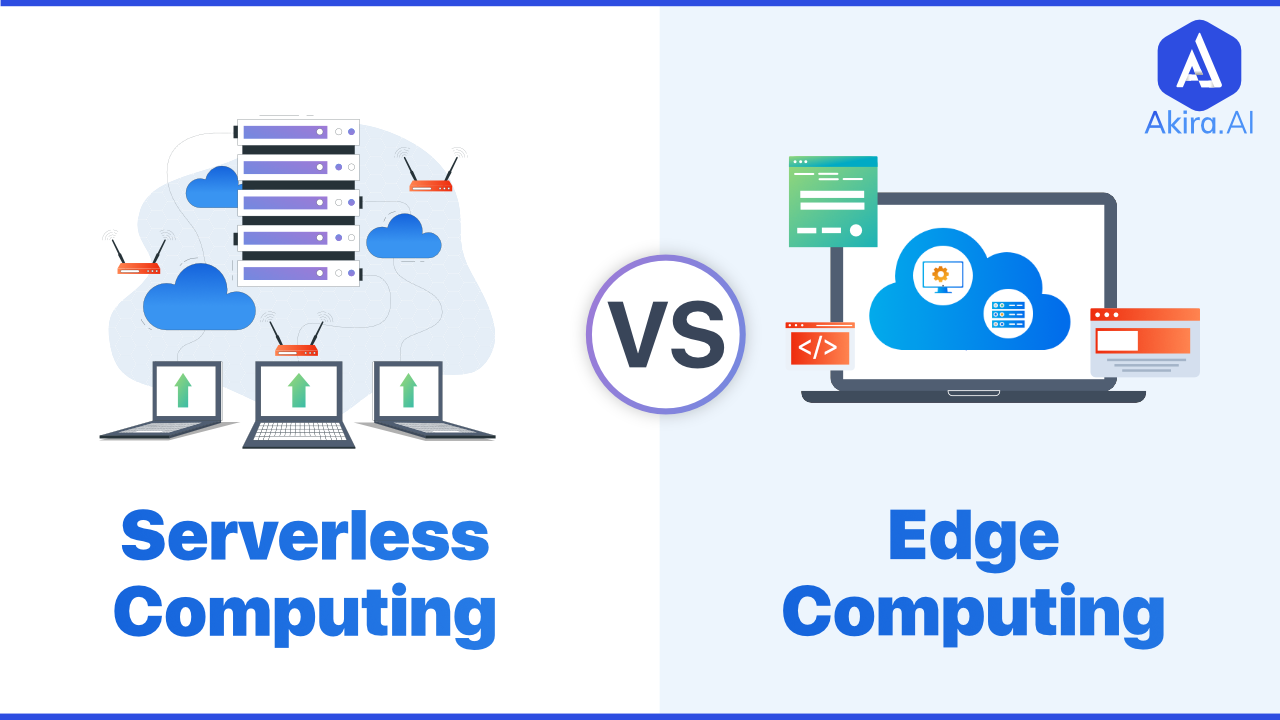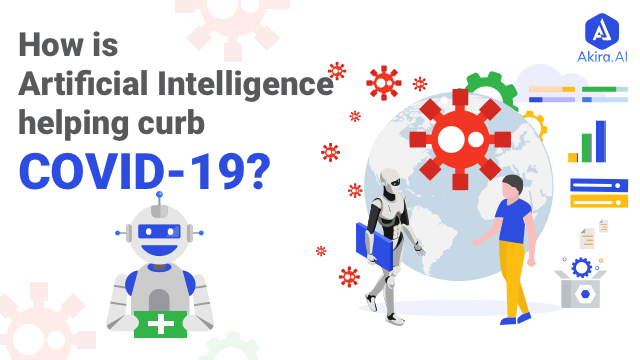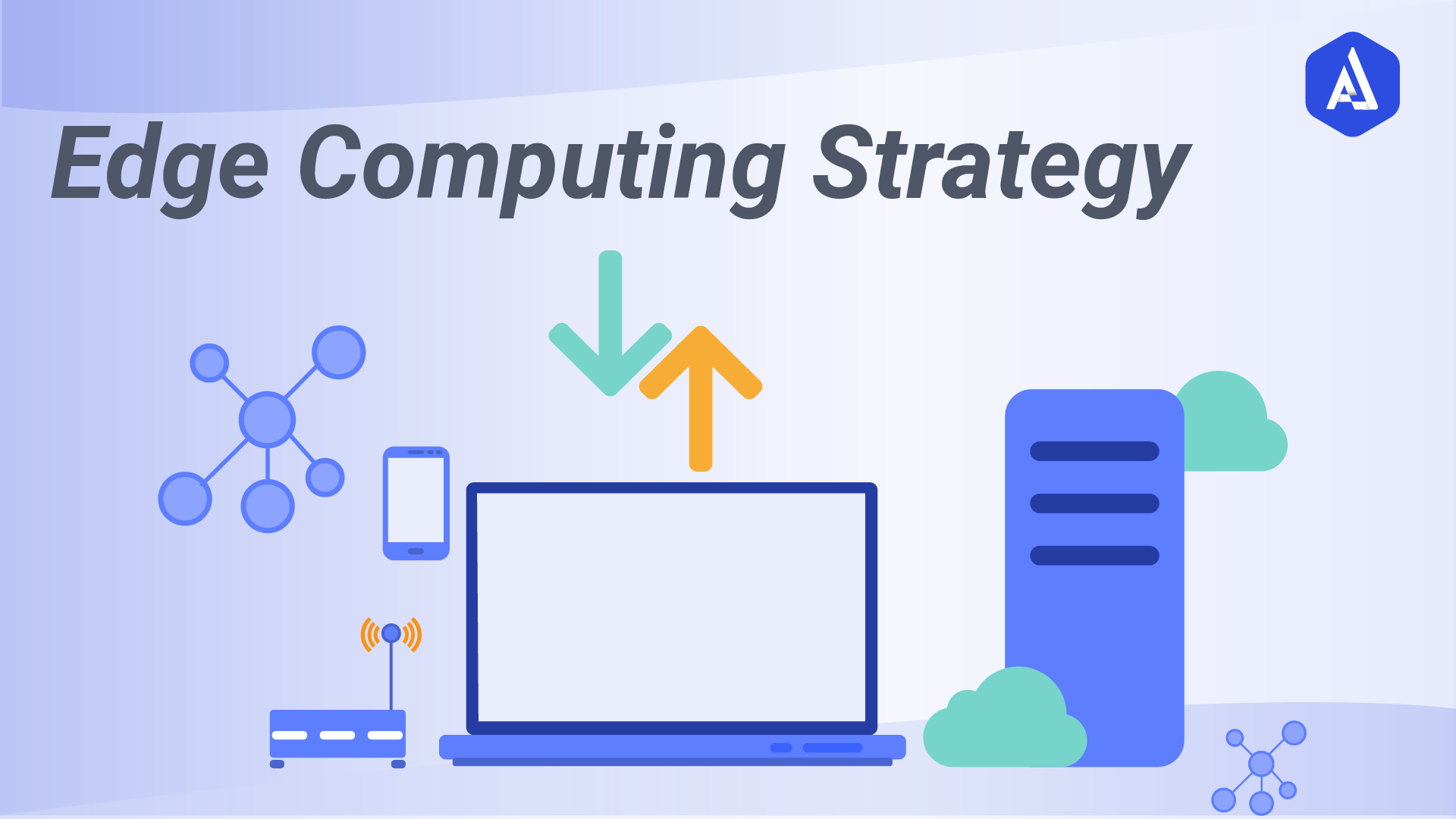Key Insights
Einstein SDR Agent autonomously engages with inbound leads, in natural language, to answer questions, handle objections, and book meetings for human sellers Einstein Sales Coach Agent autonomously engages in role-plays with sellers, simulating a buyer during discovery, pitch, or negotiation calls Accenture will leverage these agents to improve deal team effectiveness, scale to support more deals, and allow their people to focus their time and effort on the most complex deals

What is Edge Computing?
Edge computing is a distributed computing paradigm that makes necessary computation and data storage closer to the devices where it is collected. Compared to relying on a central location such as a server, Edge Computing enables real-time data not to suffer from bandwidth and latency issues that affect device performance.
To put it more clearly, instead of running processes in the cloud, Edge Computing runs operations like a computer, IoT system, or Edge Server at local locations. Long-distance communication within a client and server is now reduced by taking computation to a network edge. Edge computing capacity for computation and processing is needed to run Edge AI applications and algorithms directly on field devices, allowing ML and DL. The amount of data collected by IoT devices in the field is growing exponentially: ML and DL allow Edge AI applications to handle those data in real-time better. It creates Edge nodes where data can be stored, analyzed, sorted, and then forwarded to the cloud for further analysis, processing, and integration with IT apps.
Combine it with AI = Edge AI
Edge AI means running AI algorithms locally on a hardware device using edge computing, where the AI algorithms process data generated on the device without any connection needed. It allows us to process data in less than a few milliseconds with the system, which gives information in real-time. We need a computer consisting of a microprocessor and sensors to use Edge AI. Edge AI will allow real-time operations where milliseconds matter, including data creation, decision, and action. For self-driving cars, robots, and many other fields, real-time services are critical. Edge AI will reduce data communication costs because there will be less data transmission. The number of connected devices collecting data continues to grow. It allows more storage and processing resources and more Artificial Intelligence (AI) to be brought to the Edge: integrating powerful embedded and Edge computers, computational power, and IoT platforms to allow Edge AI. Edge AI means locally running AI algorithms on hardware computers. The algorithms work based on the use of computer-generated data. But because neural networks fuel most AI systems today, a lot of computing power is needed to run these systems at the Edge. The challenge in meeting the AI inference performance requirements is to ensure high precision efficiency of algorithms within low power consumption. But the advancement in hardware choices, including graphics processing units (GPUs), central processing units (CPUs), application-specific built-in circuits (ASICs), system-on-a-chip (SoC) accelerators, has made Edge AI possible.
The global edge computing market is forecasted to reach 1.12 trillion dollars by 2023- Forbes
Overview of Edge Analytics
Requirements for industrial Automation and Edge AI demand that decisions be taken in real-time. Data analytics must, therefore, be conducted at the Edge to provide immediate answers to critical issues. The IoT Edge platform offers an application development framework that is user friendly and easy to digitize properties and handle twins for advanced analytics and data management. Edge analytics is the collection, processing, and analysis of data either at or near a sensor, a network switch, or some other linked computer at the Edge of a network. With the increasing proliferation of connected devices as the IoT grows, many industries such as retail, manufacturing, transportation, and electricity produce large quantities of data at the network's Edge. Edge analytics is real-time data analytics or analytics at the platform where data collection is taking place. Edge analytics may be descriptive, analytical, or predictive.
How Edge AI works?
- Data centers are also clustered servers, where the cost of real estate and electricity is lower. Data can’t fly faster than the speed of light except on the zippiest fiber-optic networks. This physical gap creates latency between data and data centers.
- Edge AI takes this distance forward.
- Edge AI can be run at multiple network nodes to practically close the data-processing gap to reduce bottlenecks and speed up applications.
- Billions of IoT and multiple devices run on lightweight, embedded processors at the periphery of the networks, suitable for simple video applications.
That would be fine if today’s industries and municipalities were not applying AI to IoT device info. But they are designing and running compute-intensive models, and they need new conversational edge computing approaches.
Read more about Enabling Artificial Intelligence (AI) Solutions on Edge.
What are the Benefits of Adopting Edge AI?
There are the following benefits of Edge AI -
-
Increase in levels of Automation
IoT devices and machines at the Edge can be trained to perform autonomous tasks.
-
Digital Twins for Advanced Analytics
Digital data for real-time and remote management of devices in the field.
-
Real-Time Decision Making
Real-time analytics to take action instantly and automate decision making.
-
Edge Inference and Training
The application of training models and inference happen directly on the Edge device.
A Holistic Approach to Edge Computing and Edge AI
Edge Computing and later Edge AI have opened up opportunities to take a fresh and practical approach to data processing and fuel a range of technology-driven solutions.
Edge technology is what businesses need to allow smooth real-time work of highly personalized custom solutions and applications, whether used individually or in conjunction with cloud systems. Among the main advantages of running AI inference at the Edge is a user interface privacy, data transmission protection, hardware savings, and the absence of bandwidth and latency issues. As a trend recently emerged, AI needs informed decision-making at the bottom. To opt for Edge AI to boost our business processes, we need business acumen and a forward-looking approach to applying technology. But having grasped the advantages and drawbacks of edge technology, with Edge AI's help, we can level up other edge devices like robots and drones.



